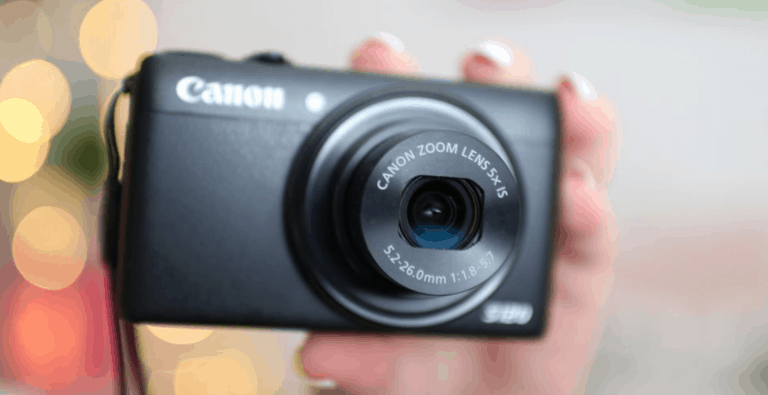
On the flip side, the weaknesses of the TG-5 are its small image sensor and high price tag. More, it has a nice 25-100mm zoom range, which goes wider than other tough cameras that generally are 28mm at the wide end, along with a very respectable f/2.0 maximum aperture for low light and underwater photos. This camera is waterproof down to 50 feet, dustproof, and can withstand cold temperatures. If you do want a rugged camera for hiking and other outdoor pursuits, a nice option is the Olympus Tough TG-6 (8.9oz.). For hiking, we prefer to carry a higher-performance, lower-cost camera and protect it inside a small small dry sack (or even a Ziploc bag or two).

Rugged cameras are great for activities with serious exposure to the elements such as surfing, rafting, skiing, or rock climbing.

The piece of mind of not worrying about your camera has value, but these models are expensive and the internal components (the image sensor in particular) are on par with much cheaper point-and-shoots. For more information, see our buying advice below the picks.Ī number of “tough” or “rugged” cameras are on the market and tout being waterproof, dustproof, freezeproof or crushproof. It’s not overly difficult to keep your camera protected from the elements with a simple dry bag, but weather-sealed cameras are available both in the “tough” category and on higher-end mirrorless cameras and DSLRs. Mirrorless cameras start at around 12 ounces for the camera body, while DSLRs start at 13 ounces (plus you'll have to bring at least one lens).

Quality point-and-shoots for hiking start at just under 9 ounces. Depending on your budget, the options abound in categories from compact point-and-shoots and mirrorless cameras to full-frame digital SLRs. Hiking and backpacking require a lightweight and durable camera that captures great images.


 0 kommentar(er)
0 kommentar(er)
